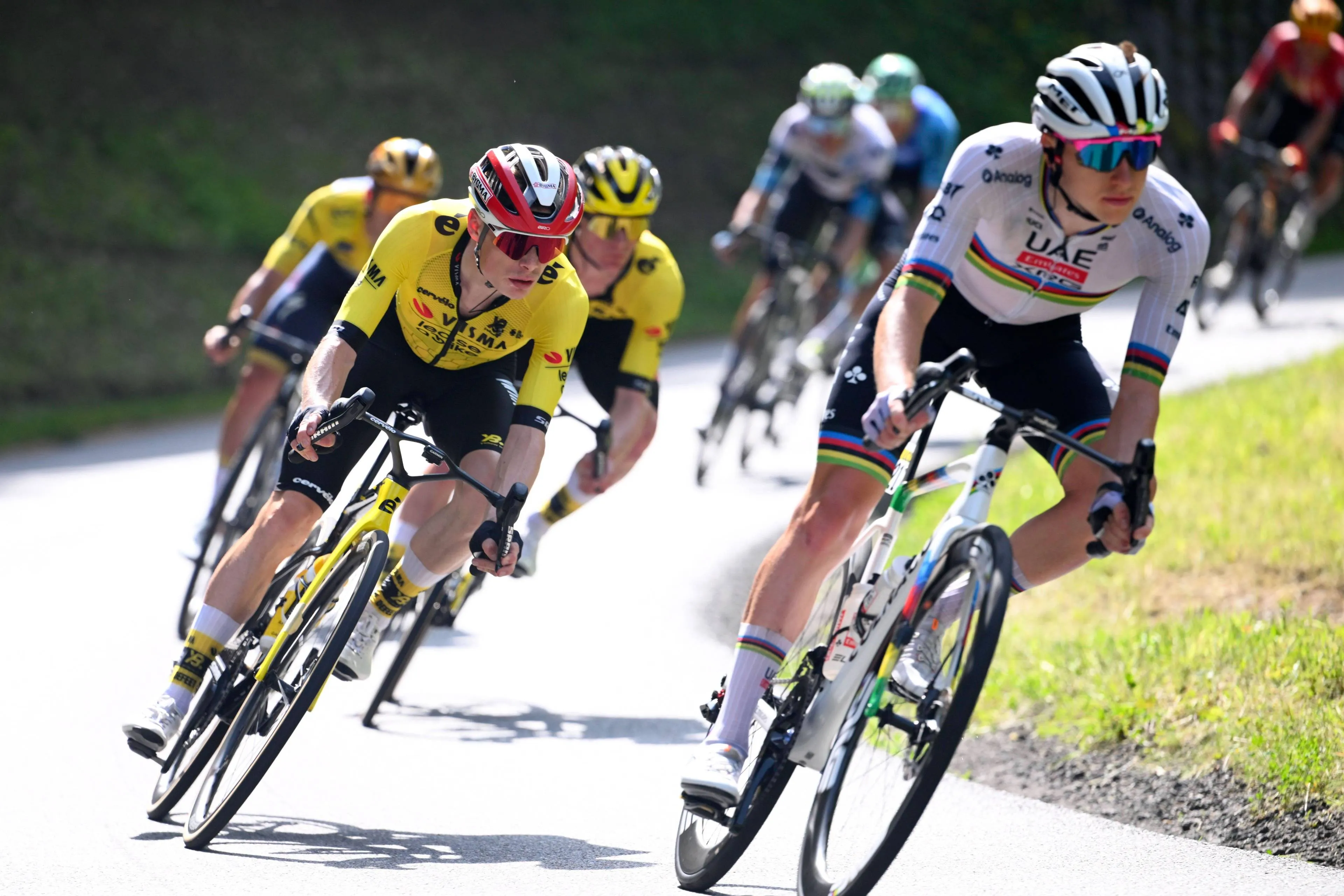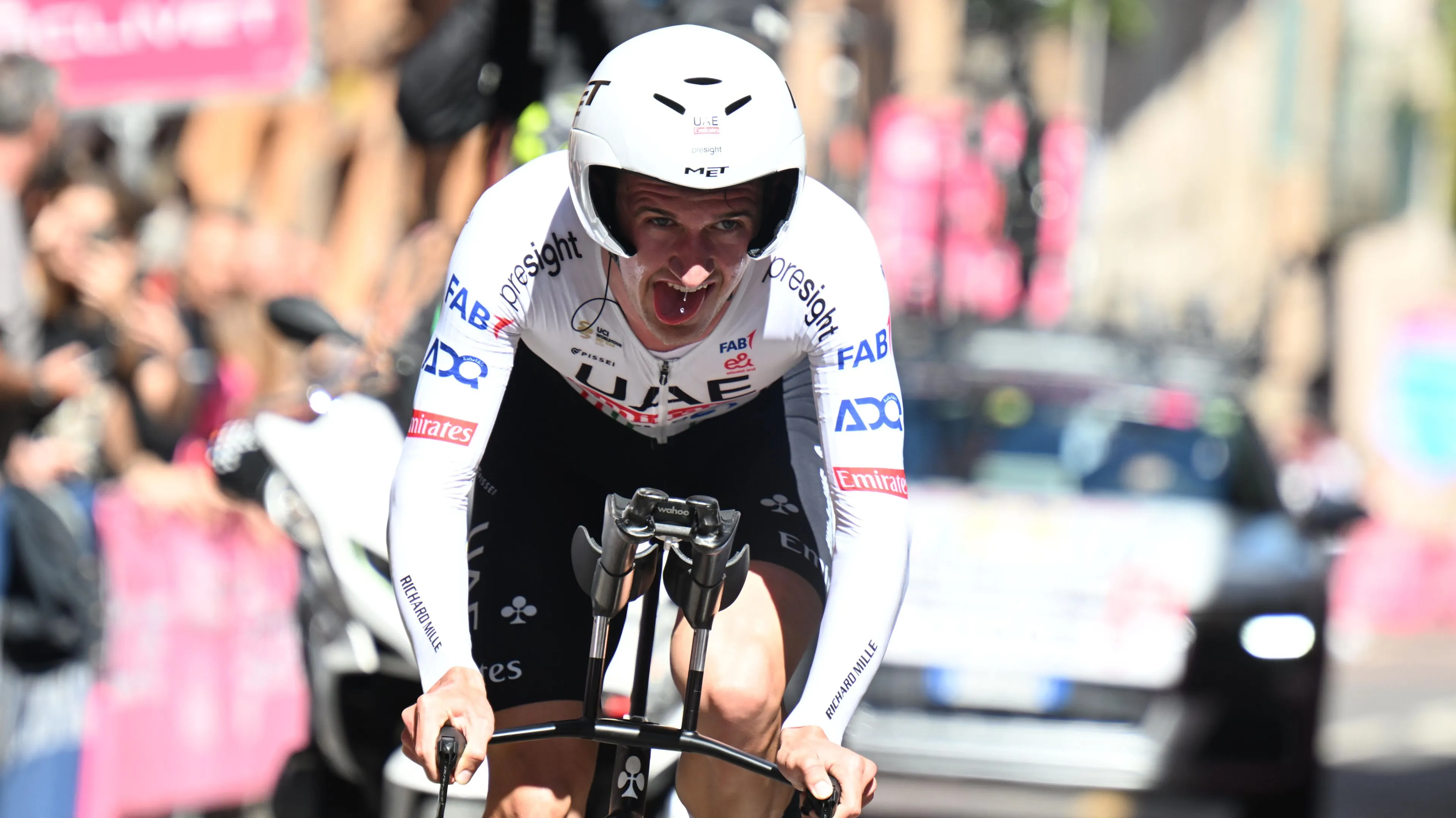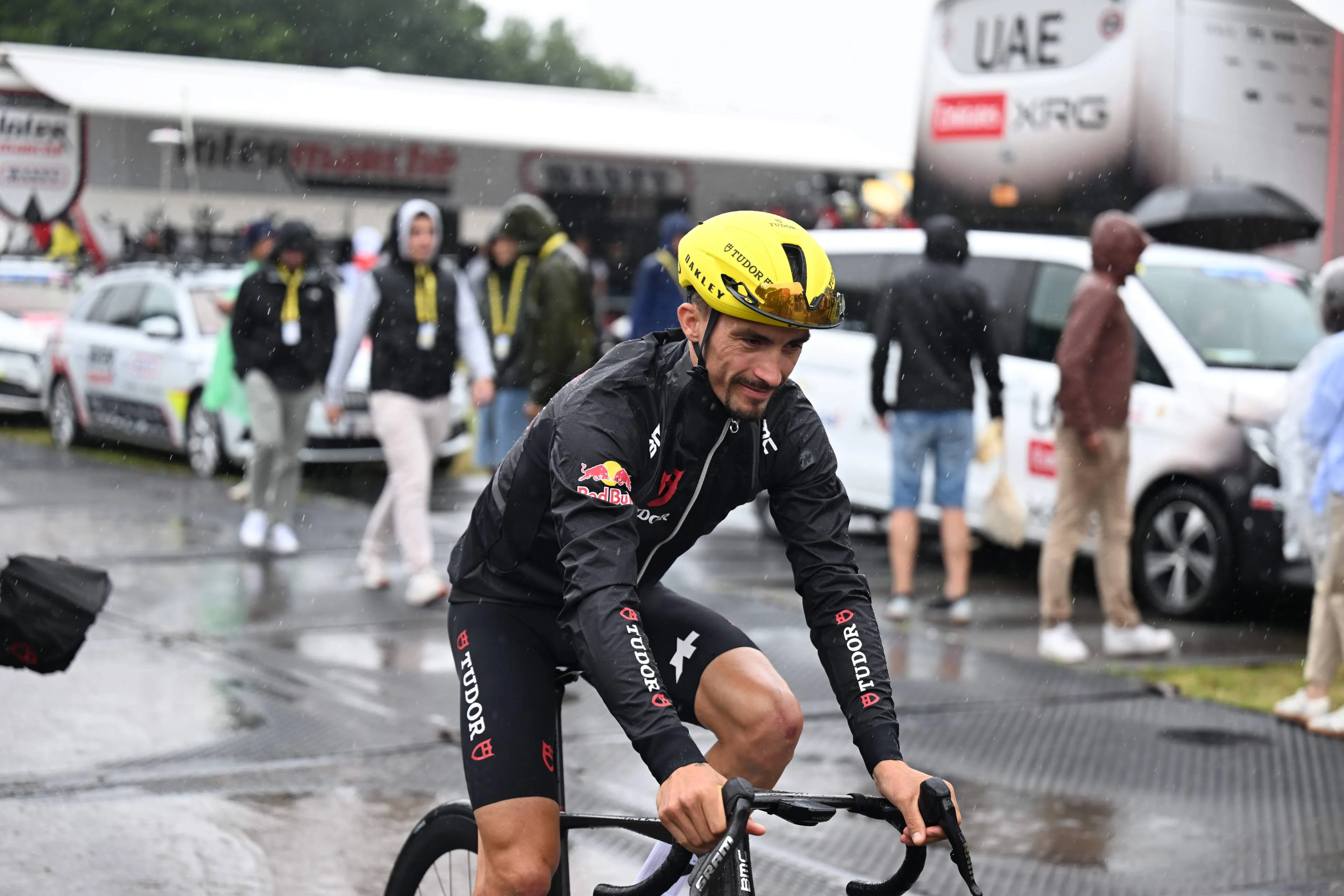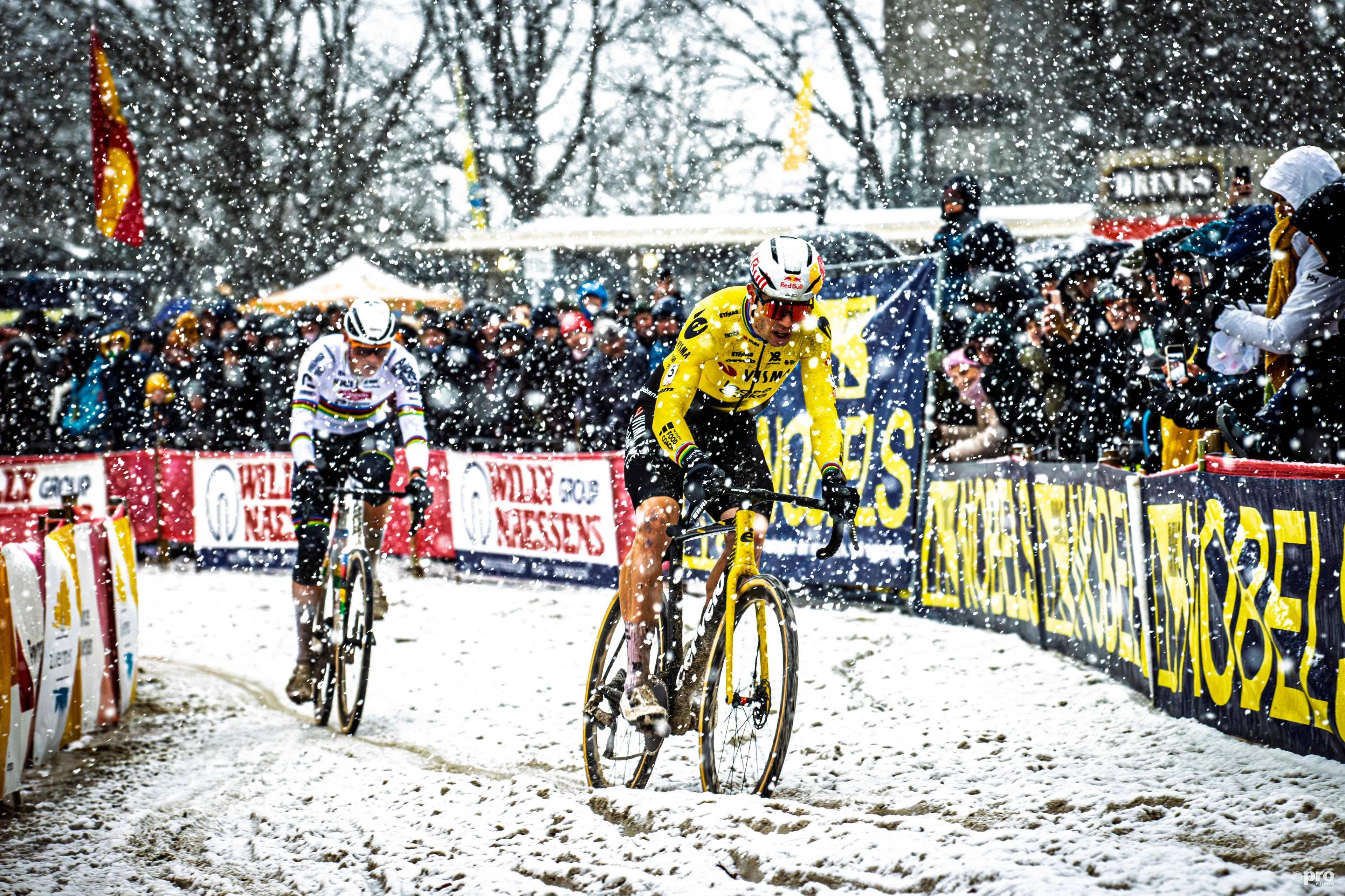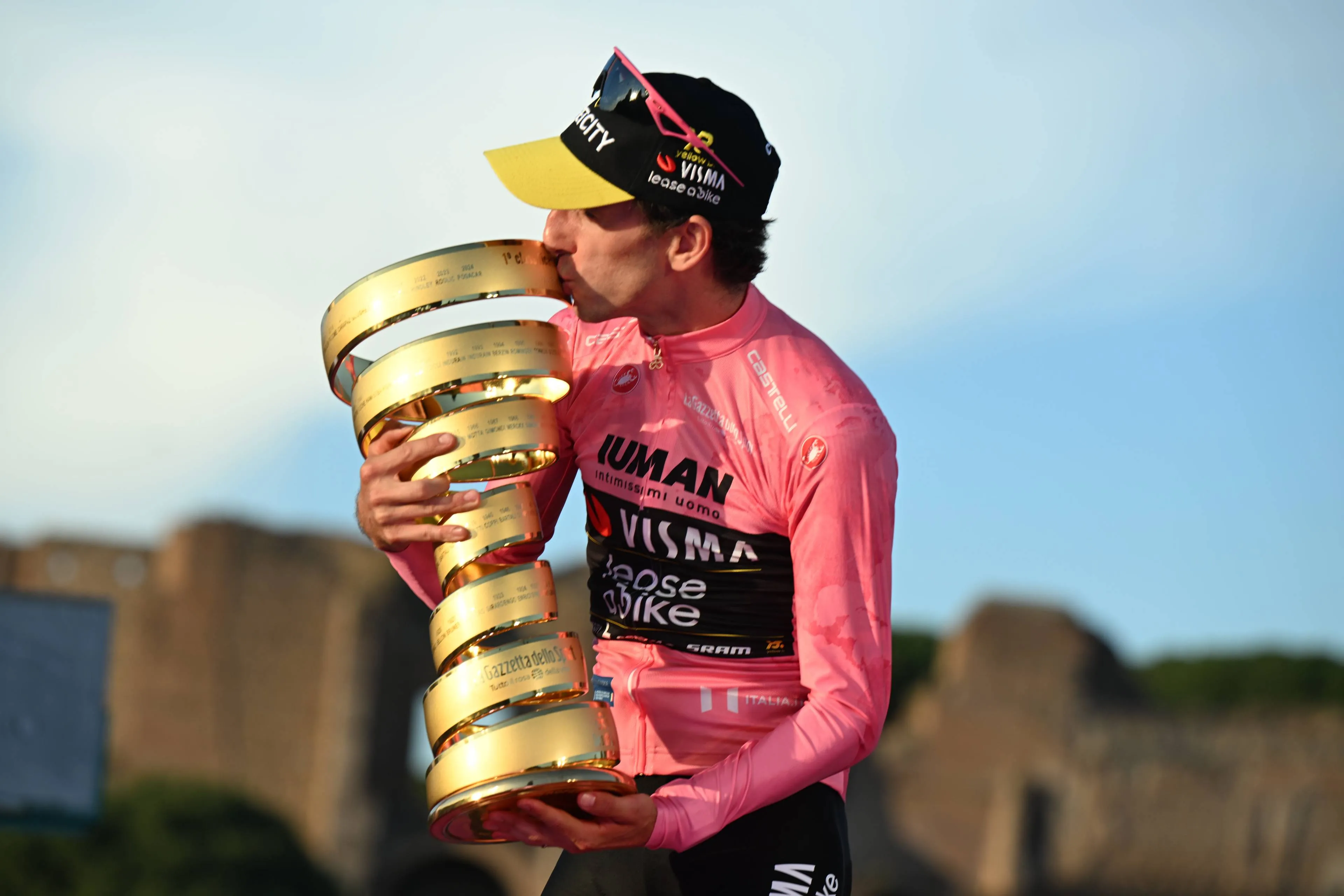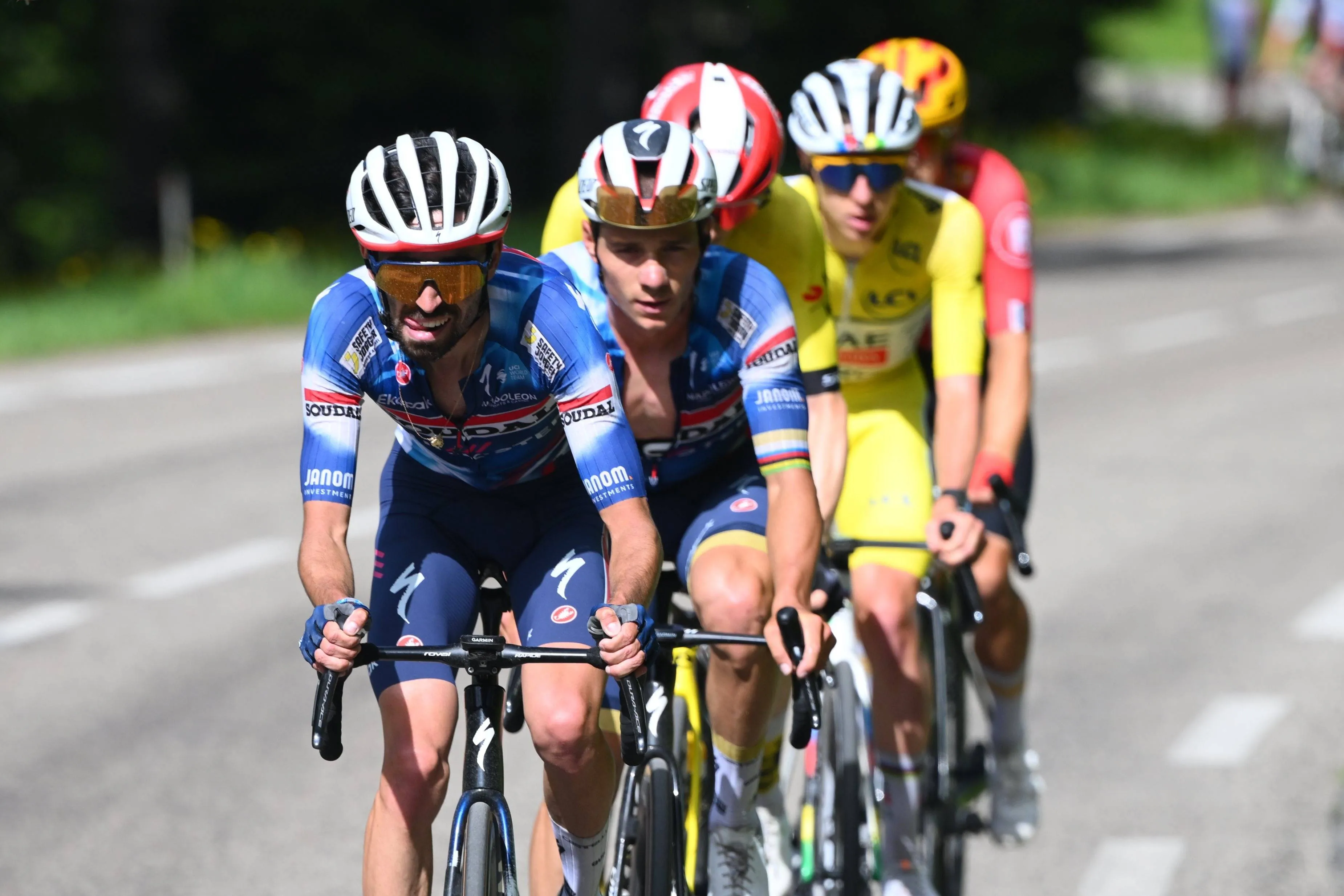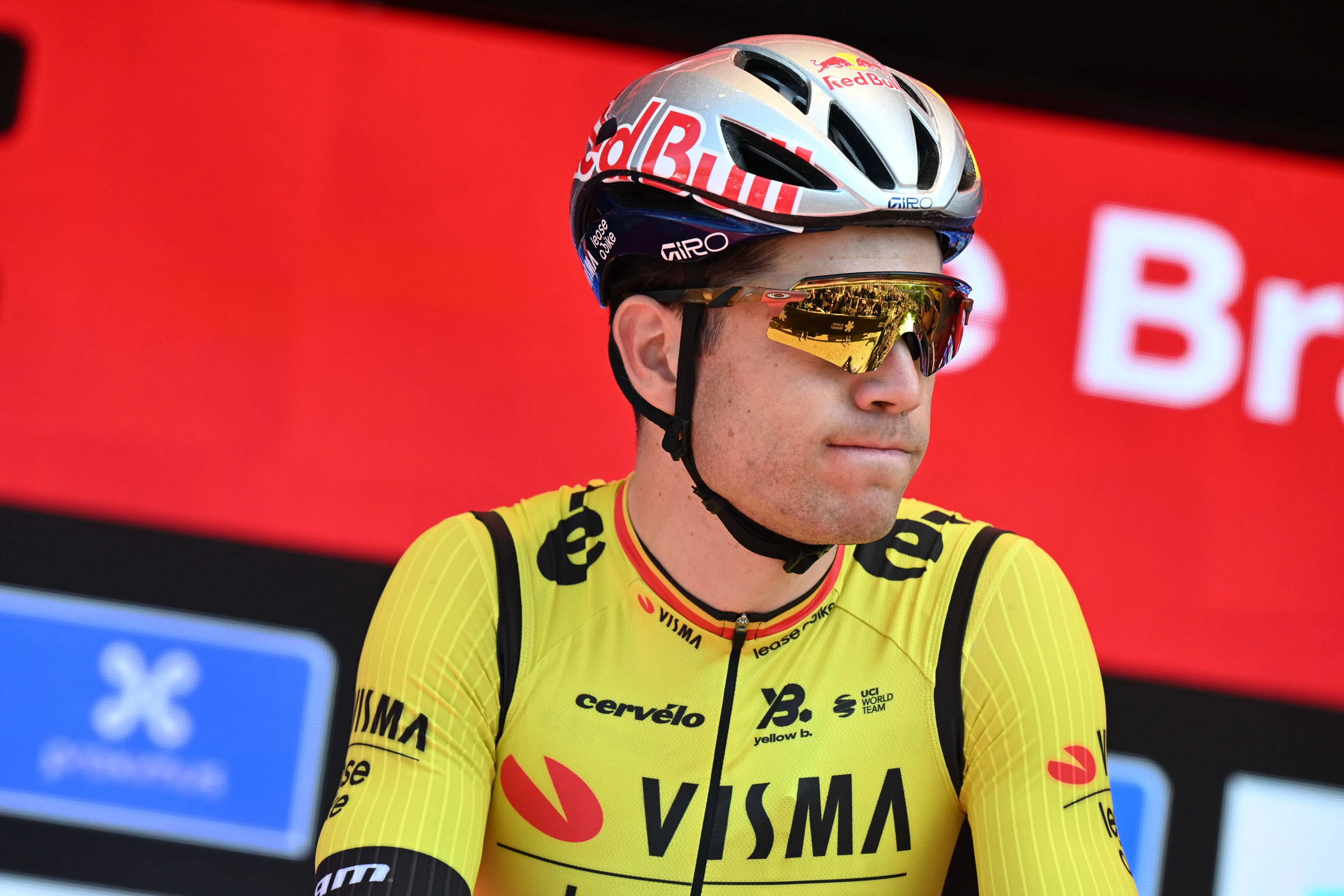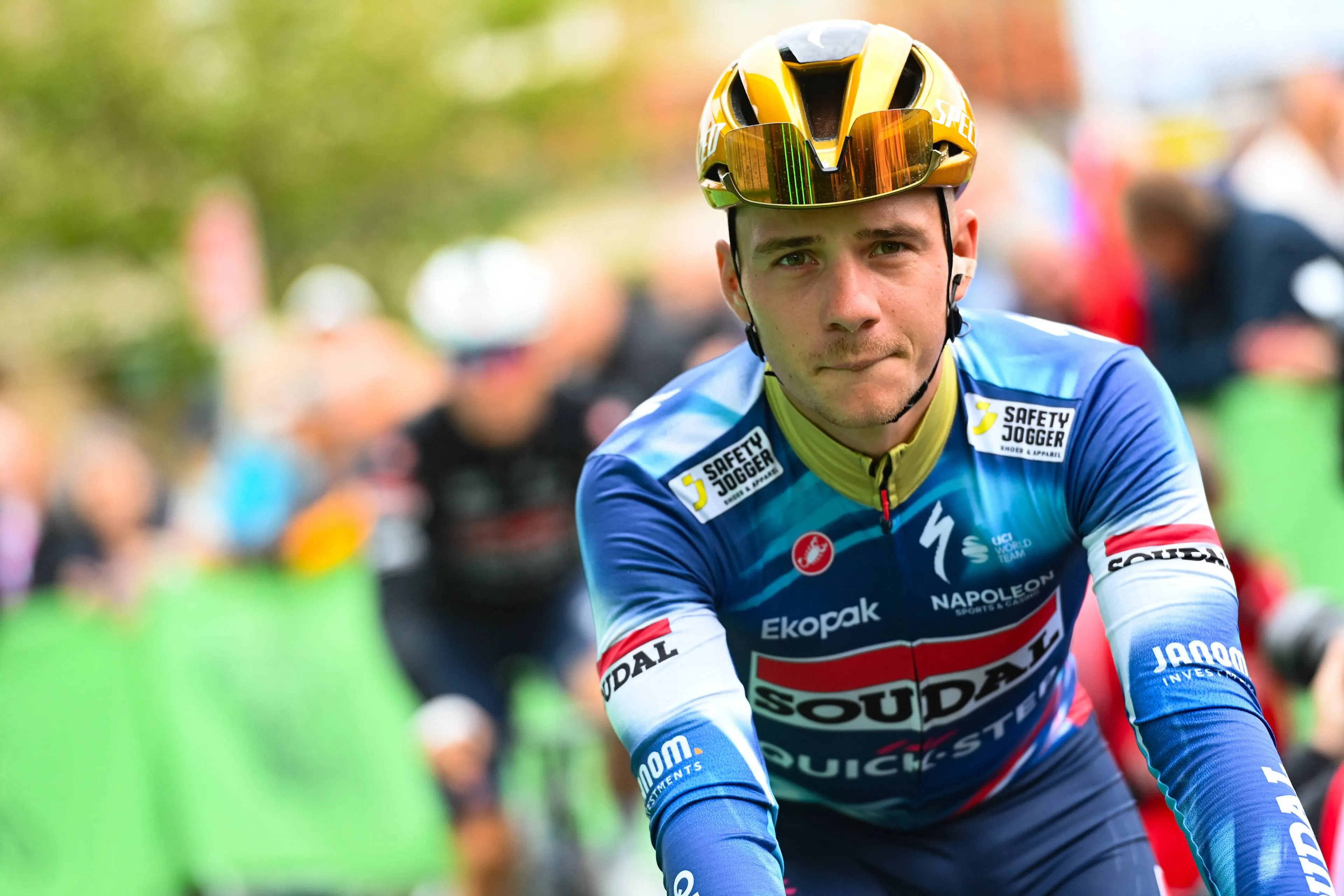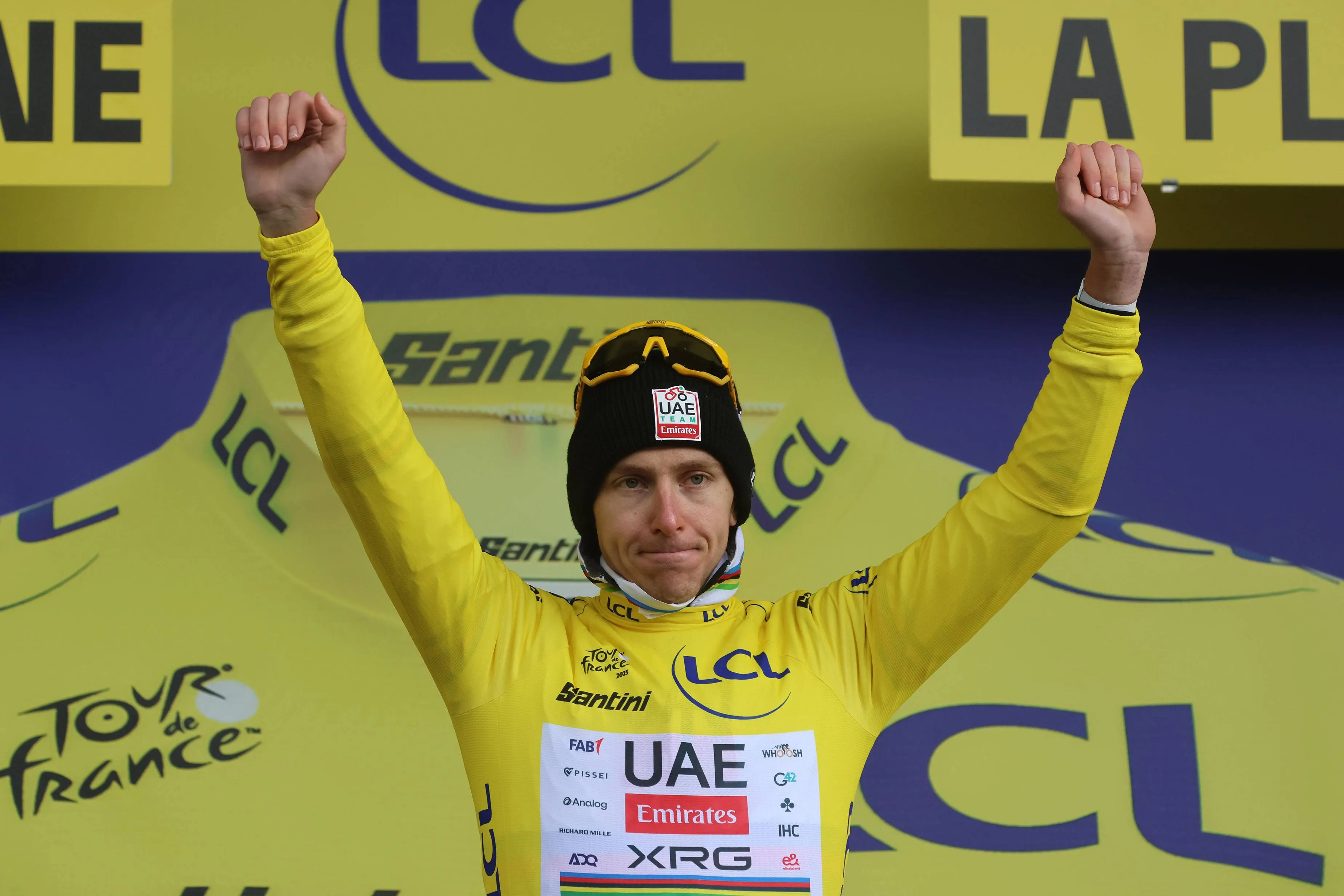“I can't explain what I see on the road” - Doping shadows cycling once more as German documentary reopens old wounds
CyclingTuesday, 24 June 2025 at 09:29
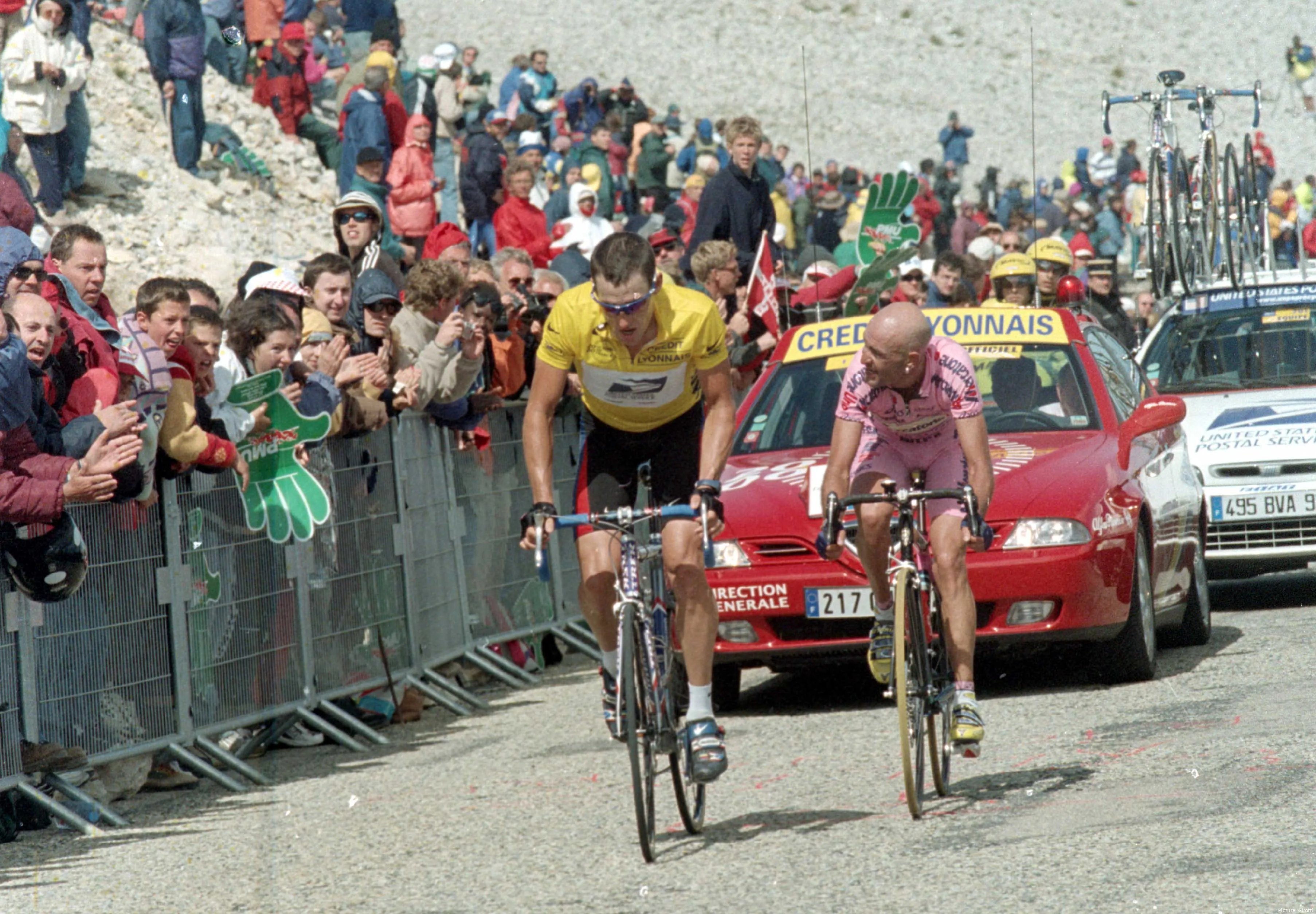
More than a decade after the Lance Armstrong scandal
threatened to destroy the credibility of professional cycling, the sport finds
itself once again under scrutiny. A new documentary by German broadcaster ARD, Geheimsache
Doping: Im Windschatten (Secret Case Doping: In the Slipstream), suggests that
while the methods may have evolved, the culture of cheating has not entirely
disappeared.
One could argue the sport has never truly emerged from the
dark cloud of doping, always troubled by rumours of cheating. The question is,
are they to be believed? And if these rumours are to be believed, can cycling
endure another doping scandal?
Read also
The film presents testimonies from several whistleblowers
inside the sport, including former professionals, who risked their safety to
speak out. “Many people are afraid to talk,” says one ex-pro. “I know someone
who wanted to testify, but he received death threats when the masterminds
behind doping found out he wanted to talk.”
It’s a chilling reminder of how deep the roots of doping
still run, despite claims of a cleaner peloton in the post-Armstrong era.
Armstrong’s case, built on EPO, blood transfusions, and systematic deceit,
shook the sport to its core, before he was ousted by the likes of Tyler Hamilton. But in exposing the scale of the fraud, it also
reinforced just how advanced and coordinated doping operations had become.
Cycling introduced the biological passport and increased out of competition
testing, but the new revelations suggest those measures might still fall short.
According to the documentary, EPO remains in use, not in the
same large doses seen in the 1990s and 2000s, but through microdosing, a method
designed to fly under the radar of modern testing. More concerning still is the
apparent widespread use of Aicar, a drug that is both hard to detect and
immensely beneficial in endurance sports.
Read also
“People who are active in professional cycling say that
Aicar was and is the drug of choice in the peloton,” says a whistleblower.
Aicar enhances blood flow and can alter muscle fibres,
giving an unnatural edge in long, gruelling races, making it perfect for
cycling. Its growing use reflects the constant game of cat-and-mouse between
dopers and anti-doping authorities. As Oliver Catlin, an American doping
expert, puts it: “If I were an athlete, would I take Aicar, knowing that it is
on the list of banned substances? Or would I take a related product that is not
on the list?”
Even those within the industry admit the Pandora’s box has
not been shut, and perhaps is still very much open. “It opened a door that has
never been closed,” says Evans, referring to the doping culture that once
engulfed the sport.
Read also
The documentary doesn’t just highlight the drugs themselves
but questions the physical plausibility of what fans witness on the road.
Pierre Sallet, who has long studied human performance limits, is blunt. “We
know the limits of human performance. We know what a person can and cannot
achieve. There are certainly grey areas, but it becomes black and white at some
point, and then it's doping, 100%.” He adds: “I can't explain what I see on the
road. A normal man is between 1.60 meters and 2.20 meters tall. But the
performances we see are sometimes as if someone is 3 meters tall.”
Not everyone agrees that performance gains are due to
doping. Some argue that technological progress, from bike design to nutrition
and data analytics, accounts for much of the change. “The major developments
are much more important than the advantages of illegal substances in the past,”
says Filippo Galli, product developer at Colnago. “We are talking about
countless innovations: materials, aerodynamics, weight, bike control, grip,
comfort.”
Read also
claps 13visitors 13
Just in
Popular news
Latest comments
- Congratulations to Simon on a fantastic career, and respect to him for choosing this time to retire.
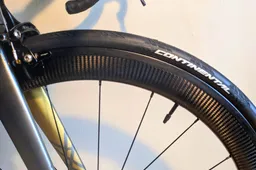 santiagobenites07-01-2026
santiagobenites07-01-2026 - Out of the blue came this..
 leedorney07-01-2026
leedorney07-01-2026 - Quite unfair to say this..
 leedorney07-01-2026
leedorney07-01-2026 - He went at his very peak level achievement. But i think todays sport is shortening the life of a rider at the very top which except for some super responders or Talented riders not many can matchabstractengineer07-01-2026
- Their mainstay is going to be Tim Merlier for sprint wins and others for some breakaway wins. They will not figure in the monuments or the GC GTsabstractengineer07-01-2026
- Remco although a great rider, he doesn't have the temperament of a champion. The moment he loses a race, he becomes negative and it hurts his chances. The only way he can win is if Pogi gets hurt.PogiFan2Day07-01-2026
- This decision seems to make it clear that Jonas is riding the Giro D'Italia. Simon obviously wanted to defend his title and wasn't able to.PogiFan2Day07-01-2026
- The track record speaks volumes. He has only finished half of his GTs. Compare that to Pogi or Jonas almost 100%. he mostly has at least one bad day. Also he crashes a lot. He is more of a one day racer, a TT specialist who can also do GTs not the other way around. plus he is losing to Pogi Jonas by 5 minutes. So dont think he will beat Pogi ever in GTsabstractengineer07-01-2026
- That's a good one... joke of the year.NikkoNicco07-01-2026
- Wasn't expecting him to retire before Froome!joebloggs07-01-2026
Loading
8 Comments
